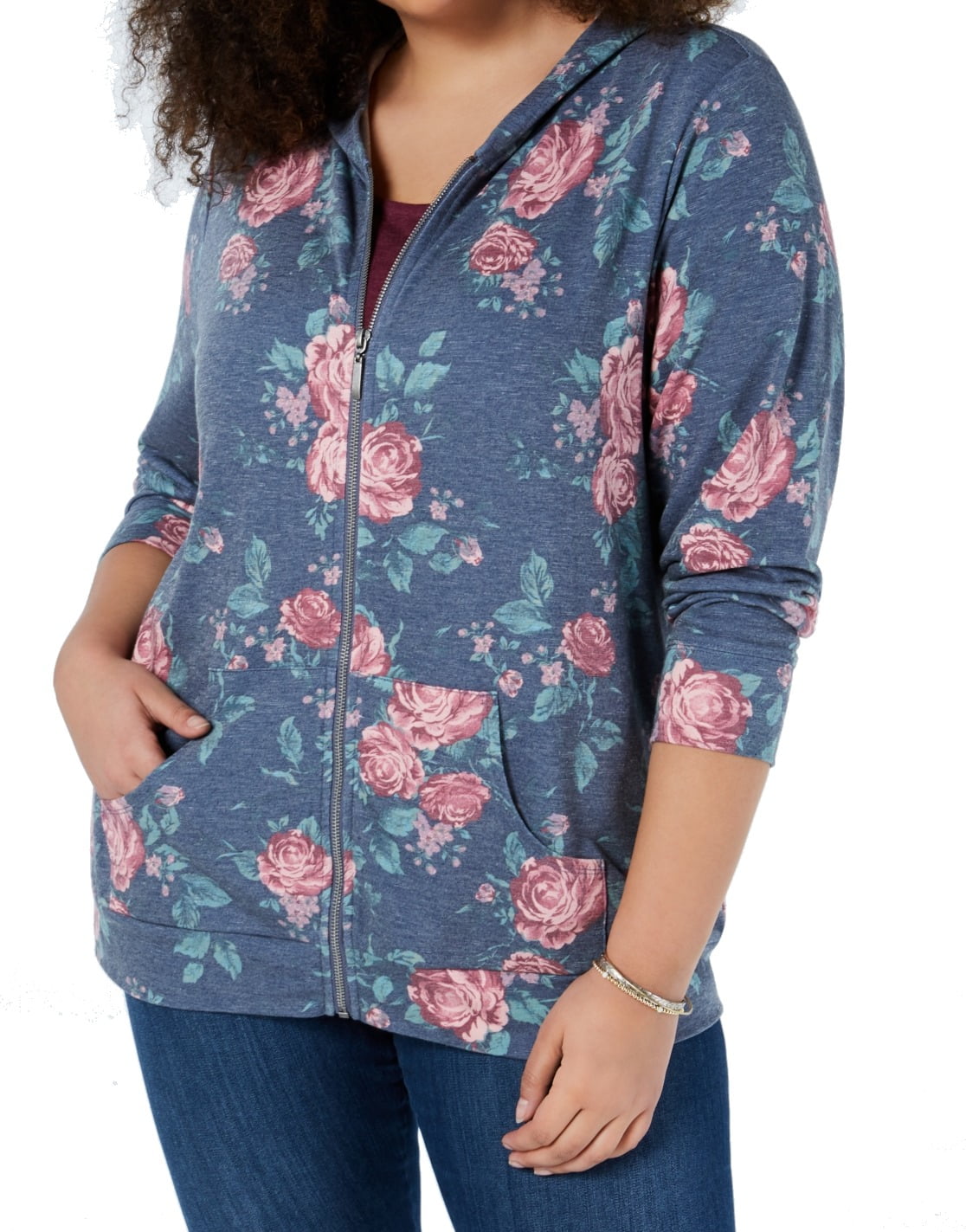What things to Consider When Picking the correct Sweatshirt

Check out this site are long-sleeved shirts that are typically made of thick cotton cloth. They are usually used as casual clothes but aren't as dressy as sweaters or cardigans. They might not come with a hood. If you're thinking of buying a sweatshirt, here are a few tips:
The appeal of Norma Kamali was spread by the use of sweatshirts
Since the late 1970s, Norma Kamali has been transforming the simple sweatshirt into an art form. Her designs are now the staple of almost every woman's wardrobe. Her distinct styles vary from a tummy-tucking v neck to leather-paneled sweatshirts. Her clothing is also designed in unusual forms, such as a tank top with an oversized trumpet skirt.
The collaboration with the brand and the sweatshirt maker Everlast gave rise to her Timeless collection, which was hugely popular when it appeared in Spiegel's spring 2006 catalog. The collection offered knits that were convertible and interchangeable in classic shapes and a lot of items were priced below $20. Even the The Norma Kamali Timeless collection was not sold in stores, fans could still find the designs for sale on eBay or Poshmark.
Merino wool sweatshirts tend to be more comfortable than soft sweatshirts .
Merino wool is known for its ability to remove moisture that help keep you comfortable and dry. Merino wool is an organic fiber that also has a smoother feel. It also drys quickly compared to other natural materials. Additionally, merino is a sustainable resource. The merino sheep shed their coats every year and regrow new coats.

Merino's weight-to-heat ratio is high, and the warmth of wool is what makes it a popular choice for sweatshirts. It assists in regulating the temperature of your body due to its loft which naturally retains heat between the fibers. This is why Merino wool sweaters are perfect for summer and outdoor activities like hiking, mountain biking and running. The warmth it offers keeps the wearer comfortable and dry. This is crucial when working out.
Zip-front hoodies come with kangaroo pockets.
Kangaroo pocket hoodies are a popular style of hoodie. They feature a big pocket on the front, that will keep your hands warm during cold days. They're also more practical than traditional pockets as they allow your hands to slide in and out with ease.
The pockets of Kangaroos are typically big enough to fit an entire wallet or small personal items. They're typically long enough to fit a small hand, and can even be large enough to accommodate two hands. They have wide openings on both sides and are ideal for carrying small objects.
French Terry fabric is a well-loved fabric for sweatshirts.
The French Terry fabric is constructed of soft yarns that are made into loops, and are usually midweight. It is also renowned as a fabric that wicks away moisture and is already pre-shrunk. French Terry is a fantastic choice for sweatshirts since it will keep you warm when you require it and keeps you cool when you're trying to cool down.
French terry is also popular for loungewear, since it has enough stretch and flexibleness to feel great when you touch your body. It also allows enough air to circulate around the fabric, making it perfect for layering under other clothes. Additionally, since it is lighter than other sweatshirts you can wear it all year round without feeling either cold or hot.
Hoodies have classist connotations
Although it might appear that hoodies are simply an appropriate attire item for working class people however, in reality they are a symbol of class. The hooded garment was first popularized in the early 1970s , in New York, where graffiti artists would wear them to conceal their identities. In 1976, hoodies made their major film debut in "Rocky," when the working-class main character was seen wearing gray sweats that were hooded during his memorable climb to the top of the Philadelphia Museum of Art.
Hoodies are usually associated with death, destruction, and other undesirable items, yet they serve a practical purpose. For instance, priests and monks can wear hoods to demonstrate respect and a sense of self-control.
